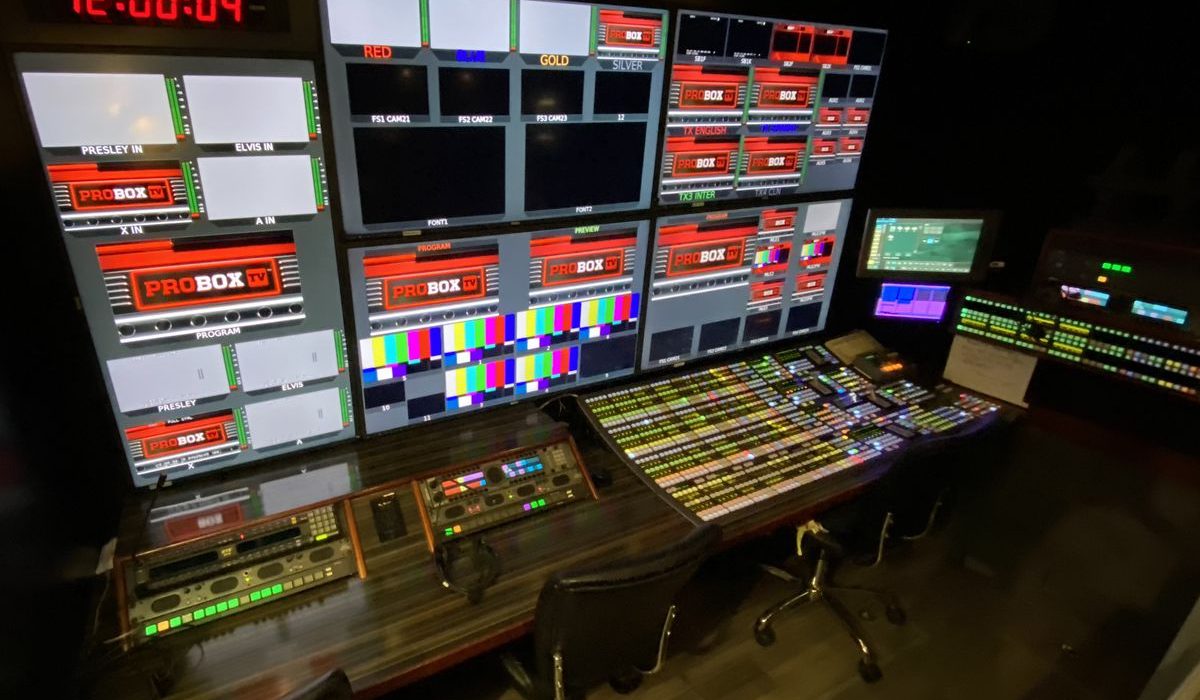Since its humble beginnings in the radio, sports broadcasting has evolved from low-resolution live streaming to high definition. The world of sports broadcasting is constantly changing as technology advances, providing fans with dynamic and immersive experiences. This article examines the rich history of technological advances that have shaped sports broadcasting from its beginnings to today’s cutting-edge innovations.
The Birth of Sports Broadcasting
Sports broadcasting has its roots in the early 20th Century when radio became a powerful tool for spreading information. On April 11, 1921, KDKA, in Pittsburgh, broadcast a boxing bout between Johnny Dundee & Johnny Ray. The play-by-play commentary was the first live sports broadcast, and it took place on April 11, 1921. It was a boxing match between Johnny Dundee and Johnny Ray 스포츠중계
.
The Television
In 1936, the Berlin Olympics were a turning point in sports broadcasting history as television was introduced. The viewers could now enjoy the drama and athleticism of sporting events through moving images. This enhanced the overall experience. In the 1960s and 70s, color television was widely adopted. This increased the visual appeal of sporting broadcasts.
Satellite technology and global reach:
Satellite technology revolutionized broadcasting in sports by enabling worldwide distribution. The ability to broadcast major sporting events around the globe has created a feeling of unity between fans, regardless of geographic boundaries. Satellite transmissions were used for the 1970 World Cup, the Munich Olympics of 1972, and other major sporting events. This was the beginning of the globalization in sports.
Cable television and specialized channels:
In the 1980s, the proliferation of cable TV led to the development of sports channels that offered 24/7 coverage. ESPN was the first to offer in-depth analyses, highlights, and live coverage. Cable networks have allowed sports fans to closely follow their favorite athletes and teams.
The Digital Age
The digital revolution brought on by the late 20th century transformed sports broadcasting. Internet-enabled live streaming, interactive features, and on-demand content. The internet allowed fans to access sports content at any time, from anywhere. Social media platforms heightened the fan experience by fostering engagement and discussion in real-time.
High-Definition Video and Beyond
High-definition broadcasting (HD) has become a common practice in the 21st century, allowing viewers to enjoy sharper images and clearer audio. The technological advancements of 4K resolutions, virtual reality, and augmented reality have brought sports broadcasting into a new era. VR, for instance, lets fans experience games as though they were physically there, adding an extra layer of immersion.
Augmented Reality:
The use of augmented reality in sports broadcasting has changed the game. Interactive graphics, player stats, and detailed analysis enhance the viewing experience. The overlays of augmented reality bring a wealth of information to the screen. They enrich the narrative and give fans a better understanding of the game. Data integration is a crucial aspect of live broadcasts, as it allows real-time analytics and statistics to be added.
Conclusion:
Sports broadcasting has developed from the crackling radios of the 1920s to the immersive digital experiences we enjoy today. It is a dynamic and sophisticated industry. In the journey across the airwaves, cutting-edge technology has been integrated to connect fans around the world and enhance their engagement with sports they love. The evolution of sports broadcasting will continue to bring fans a more interactive and captivating viewing experience.








